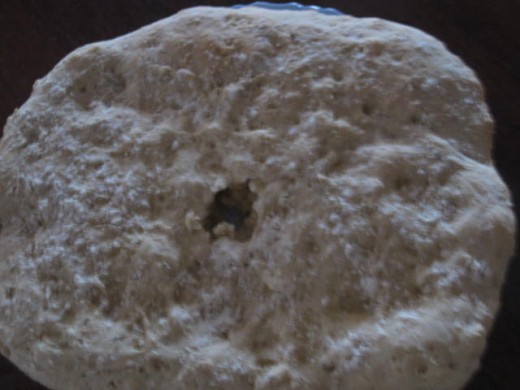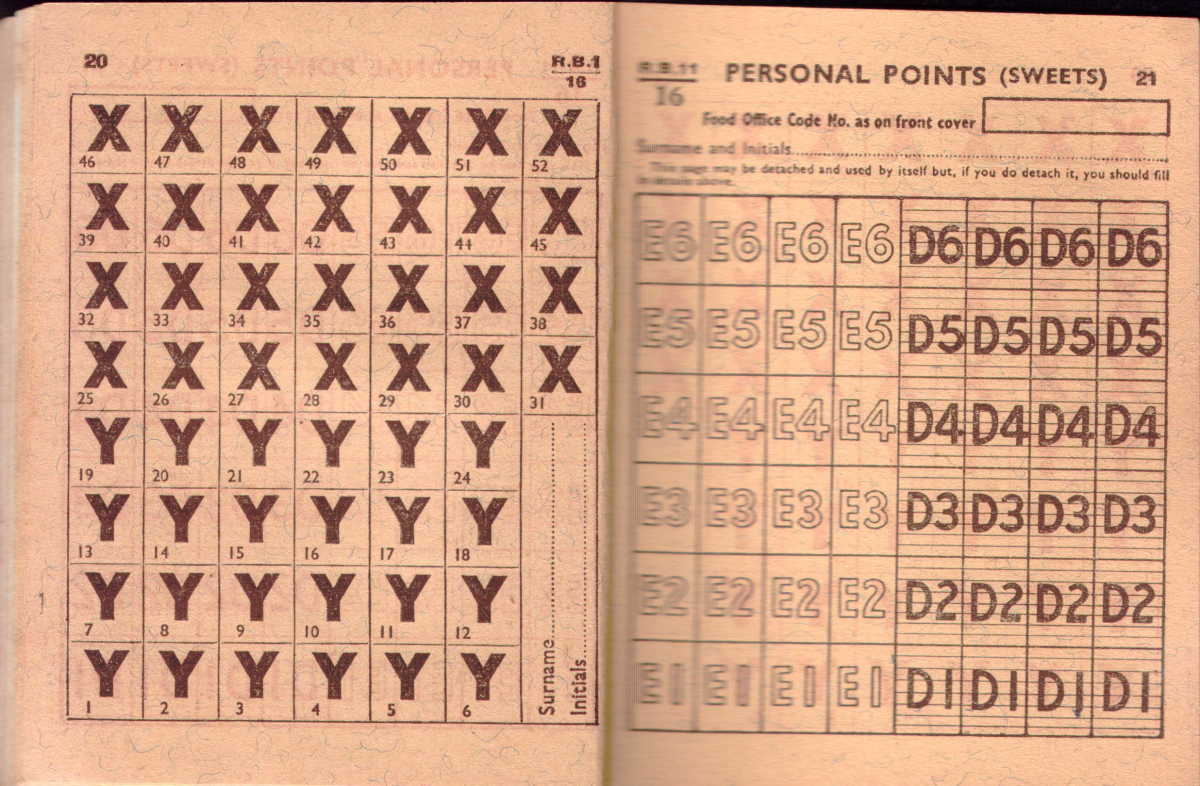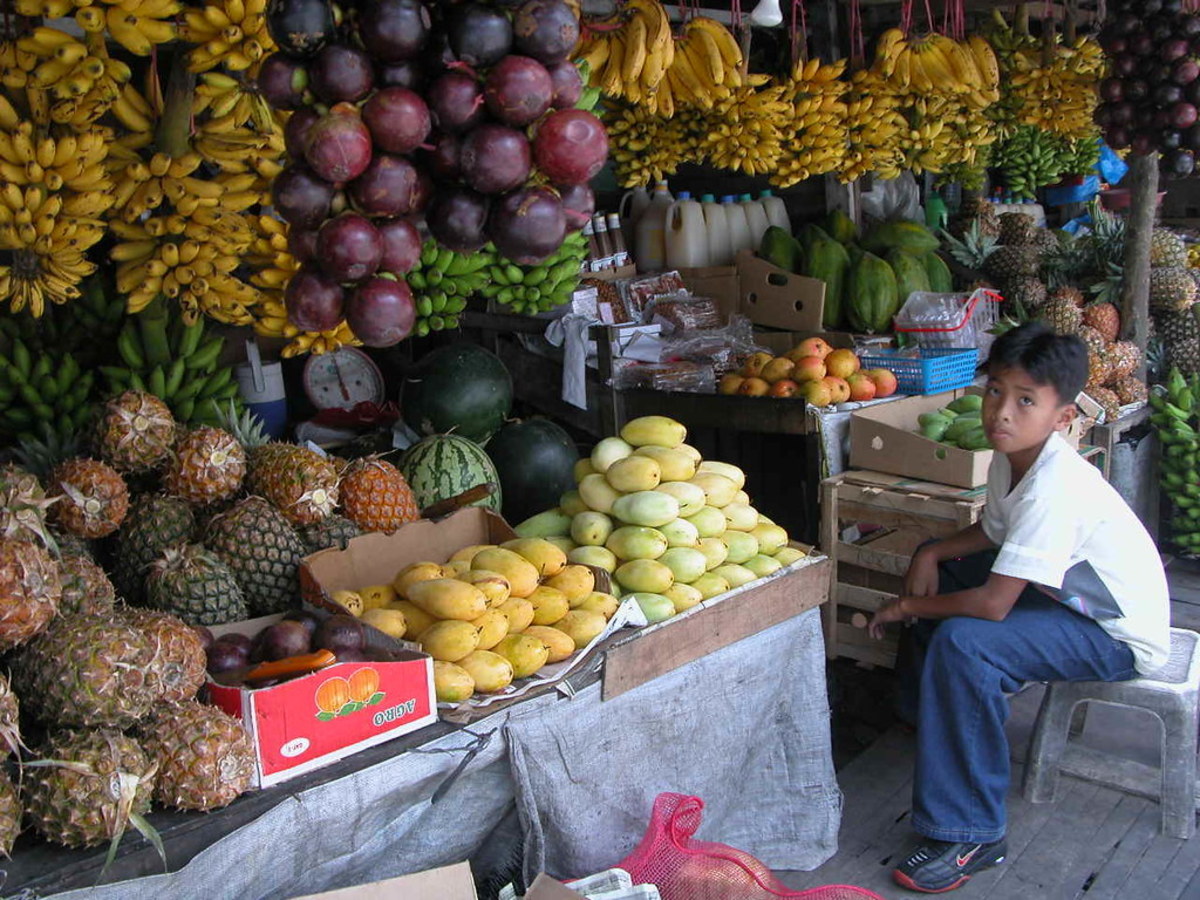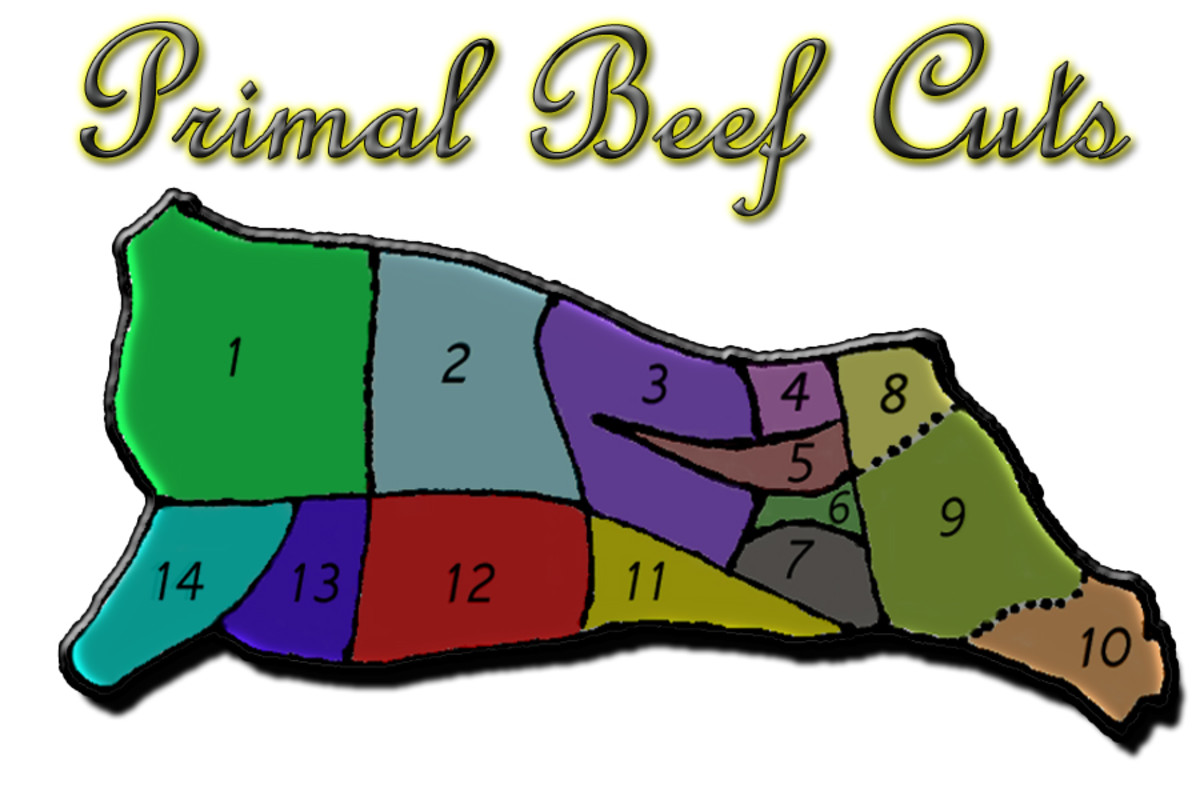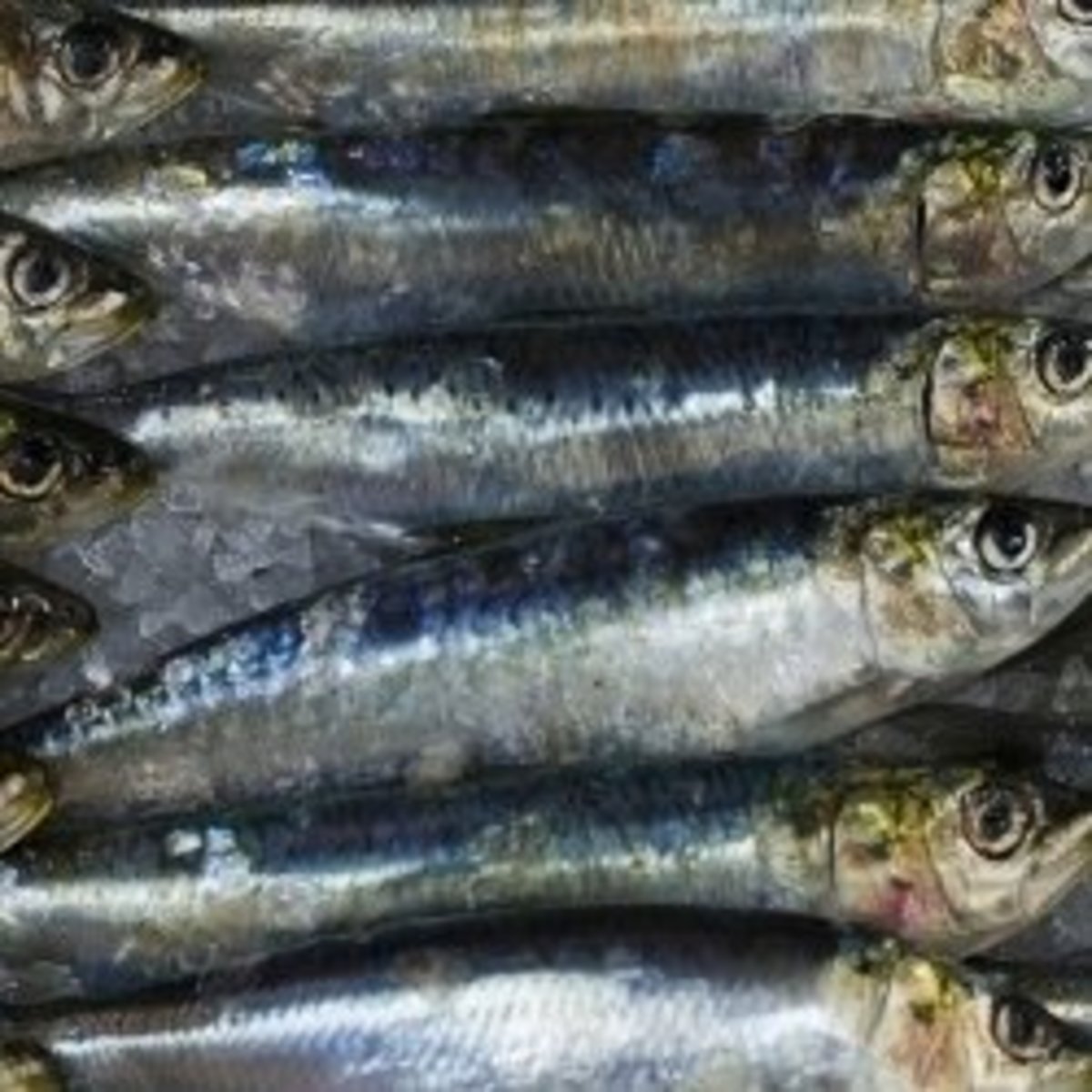Tips for Baking with Flour, Yeast and Leavening Agents & Some Popular Dough Recipes
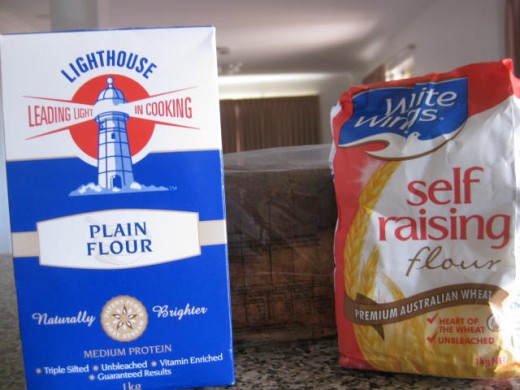
Baking with Flour
Flour is a staple ingredient for many. It is convenient and versatile. Wheat is the main ingredient for baking flours (it can also be milled from corn, rice and legumes). There are several flour varieties, ranging in composition and texture. When wheat flour is mixed with water, it forms a complex protein called gluten. The higher the gluten content, the firmer the dough. The gluten content is one of the key characteristics that differentiate flours from one another. Hence, different baking products will require particular flours.
All-purpose or plain flour
Blend of hard and soft wheat
Comes in bleached and unbleached forms
Bleached flour is treated with agents, such as atmospheric oxygen, chlorine dioxide and calcium peroxide, giving it a white colour. It has less protein, hence produces a more ‘softer’ dough. Best for cookies, quick breads and pancakes
Unbleached flour has not undergone bleaching, thus does not have the whiteness of bleached flour. It contains more protein, hence produces a more ’firmer’ dough. Suitable for cream puffs, puff pastry, Yorkshire puddings and yeast breads.
Bread flour
Made from hard, high protein wheat
Hasmore gluten strength and protein than All-purpose flour
Best for recipes that use yeast, such as bread and pizzas
Self Raising/Phosphated Flour
Low-protein flour containing salt and baking powder (a leavening agent). The leavening agent enables baked goods to 'rise'.
Ideal for biscuits and cakes
Do NOT use for yeast products
Can make self raising flour from plain flour: 1 cup of self raising flour = 1 cup of All-purpose flour + 1.25 teaspoons of baking power + 0.5 teaspoon of salt
Cake Flour
Soft, fine textured wheat flour
High starch content
Lowest protein content of any wheat flour
When using this type of flour, cakes set faster, rise higher, fat is distributed more evenly throughout the batter and is less likely to collapse.
Ideal for baked products with a high ratio of sugar to flour
Best used for cookies, muffins, quick breads and cakes with greater volume
Do NOT use for yeast products
Substitute:
l cup minus 2 tablespoons sifted all-purpose flour = l cup sifted cake flour
l cup plus 2 tablespoons sifted cake flour = l cup sifted all-purpose flour
Pastry flour/cookie flour
Soft wheat flour
Protein content and baking properties between all-purpose flour and cake flour
Makes tender and crumbly pastry, so it's ideal for biscuits, short crusts, cookies
Do NOT use for yeast breads
Substitute:
Try a 2 to 1 ratio of all-purpose flour to cake flour
Italian OO flour/pasta flour
Highly refined soft wheat flour
Low in gluten
Used to make finely textured homemade pasta
If OO flour is unavailable, use plain flour. Do NOT use self raising flour as the raising agents will cause the pasta to swell in the water.
Working with Yeast
Yeast is a living organism commonly added to baking products, such as breads and pizzas, to give it an airy lightness. It works by reacting with the sugar and starches in flour, producing carbon dioxide, which is responsible for the expansion and rise in doughs. Yeast needs to be activated with lukewarm water; too hot, it will kill the yeast and too cold, the yeast will remain inactive. However, instant dried yeast does not need to be activated with water. The ideal temperature for yeast is 27-32 °C. It is available both fresh and dried. Fresh yeast is available in special food delicatessens, but is notoriously difficult to source. It has a beige colouring, sweet smell, soft texture and comes in a compressed form; discard if it is crumbly or grey. Due to the high moisture content, it needs to be stored in a jar (with lid) for no more than two weeks in a refrigerator or in the freezer for up to three months. Refrigerating or freezing yeast ensures that it is dormant. Dried yeast is readily available in supermarkets and comes in sealed sachets as instant granules.
General rules:
1 tablespoon of dried yeast = 25g of fresh yeast
If you don’t have fresh yeast, use half the amount of dried yeast
For more information on working with fresh yeast, visit BBC Food.
Leavening Agents
Leavening agents are incorporated in batter to produce air bubbles (bubbles are formed by stirring, whipping or beating), which expand when cooked, causing baked products to rise. The most common agents are baking soda and bicarbonate of soda; they are not interchangeable. Bicarbonate of soda is a pure leavening agent (and is a base) that needs to be mixed in a batter with an acidic ingredient, notably lemon juice, chocolate, buttermilk or honey, in order to produce air bubbles. Whereas baking soda contains both bicarbonate of soda (basic) and an acidic ingredient (most commonly cream of tartar, an acid salt). Bicarbonate of soda has a tangy taste and contributes to the golden colour of baked products. Baking soda has a neutral taste, so it is often mixed with neutral ingredients like milk.
Cooking tips for bicarbonate of soda:
- Sift before adding to mixture, otherwise it gets lumpy
- Be careful with the amount used as excessive amounts can result in a bitter or soapy taste
How to make baking powder:
Combine 2 parts cream of tartar + 1 part bicarbonate of soda
Basic Dough Recipes
Try these simple dough recipes; minimal and readily available ingredients. You can also add your personal touch to them.
- Shortcrust Pastry
- White Bread
- Cup Cake
- Flatbread
- Scones
- Sponge Cake
- Pasta
- Pizza
Basic Shortcrust Recipe
(from Notebook by Sophia Young – November 2005, Page 123)
- 1 2/3 cups (250g) plain flour
- 125g unsalted butter, chilled, finely chopped
- 1 egg, chilled
- 1 tbsp chilled water
Process flour, butter and a pinch of salt in a food processor until mixture resembles breadcrumbs.
Whisk egg and 1 tablespoon of chilled water in a bowl until combined, and then add to flour mixture in the food processor. Process until mixture begins to form large clumps, stopping machine before mixture forms a ball.
Turn pastry out on to a work surface and knead gently to bring together. Form into a disc for a round tart or into a log shape for a rectangular tart. Wrap in plastic wrap and refrigerate overnight or for at least 2 hours.
Sweet pastry - Follow basic pastry recipe, adding 80g sifted icing sugar with the flour and replacing egg with 2 egg yolks
Basic White Bread Recipe
(from Good Taste by Amanda Manning – October 1998, page 70)
- Melted butter, for greasing and brushing
- 500g (3 1/3 cups) plain flour
- 2 tsp (7g/1 sachet) dried yeast
- 1 tsp salt
- 375mls (1 1/2 cups) lukewarm water
Lightly brush a 10 x 20cm (base measurement) loaf pan with melted butter.
Combine plain flour, yeast and salt in a large bowl. Make a well in the centre and add the lukewarm water to the ingredients. It is important to have the water lukewarm to activate the yeast.
Stir wet and dry ingredients with wooden spoon until well combined and then use your hands to draw the dough together.
Turn dough onto a lightly floured surface and knead for 8-10 minutes or until smooth and elastic
Shape dough into a ball. Brush a clean large bowl with melted butter to grease. Place dough into the bowl and turn it over to lightly coat the surface with butter. This will prevent the surface of the dough from drying out, which can affect the rising process. Cover dough with plastic wrap or a damp cloth in a warm, draught-free area to begin the rising process. Ideal temperature for rising bread dough is 30°C.
Dough is ready when it has doubled in size (approximately 45-75 minutes). If dough rises too fast or too slow it will have an uneven texture and unpleasant yeasty flavour.
Punch dough in the centre to release excess carbon dioxide and to remove the yeasty flavour.
Turn dough onto lightly floured surface and knead for another 2-3 minutes or until smooth and elastic and back to its original size.
Preheat oven to 200°C
Divide dough into two equal portions. Place them side by side in the greased loaf pan. Brush tops with melted butter. Stand the pan in a warm, draught-free area for around 30 minutes or until the dough has risen 1cm.
Bake in oven for 30 minutes or until golden and cooked through. When cooked, it should make a hollow sound when tapped on the base.
Cool loaf on a wire rack as this will stop the loaf from sweating and the crust from going soft.
Basic cup cake recipe (makes 12)
(from Masterchef Australia lemon meringue cup cake)
- 1 cup pure cream
- 1 cup caster sugar
- 2 eggs, lightly beaten
- 1.5 cups self raising flour
Preheat oven to 180'C. Place 12 patty cake liners in a 12 hole ½ cup capacity muffin pan.
Place cream, sugar and eggs in a large mixing bowl and whisk until smooth. Gradually add flour and continue whisking (I just stir with a spoon) until mixture is thick and smooth.
Divide mixture between prepared liners and bake for 15-20 minutes or until cakes spring back when touched. Cool in muffin pan.
Muffins are now ready to embellish as you wish.
Flatbread Recipe (makes 12)
(from Masterchef Australia skewered meatballs with rosemary flatbbread, carrot salad and spinach yoghurt)
- 1.5 tablespoons of extra virgin olive oil
- 0.5 cup of warm water
- 250g plain flour
- 0.5 teaspoon salt
- Extra flour for dusting
- 2 tablespoons butter, melted
Combine olive oil and water in a jug
Combine flour and salt in a large mixing bowl
Slowly pour olive oil and water mixture into flour mixture. Use hands to bring the dough together.
Transfer dough to floured work surface and knead until smooth.
Divide dough into 12 and shape into balls.
Roll out each piece on a floured work surface until very thin
Heat a small fry pan over a medium heat and dry fry the bread for 3 minutes on each side or until golden.
Scones (makes approx. 12)
(from Masterchef Australia's date and scone recipe)
- 150-175ml milk
- 150ml cream
- 1 egg
- 3 cups self raising flour
- 2 tablespoons caster sugar
Preheat oven to 200°C fan forced
Line large flat oven tray with baking paper
Whisk 150ml milk, cream and egg until well combined
Combine flour and sugar in a large bowl. Add milk mixture and stir gently to soft dough, add remaining milk if necessary.
Turn onto lightly floured surface and knead until dough comes together.
Press dough 2cm thick.
Cut scones using cutter and place on tray flat-side up
Brush tops with milk and sprinkle with sugar
Bake for 12-15 minutes or until golden and well risen
Sponge Cake (makes 2)
(from JoyOfBaking.com)
- 6 large eggs, separated (let yolks and egg whites reach room temperature as this will ensure that they reach full volume when beaten)
- 1 cup (200g) caster sugar (1/4 cup (50g) to go with egg whites; ¼ cup (50g) to go with the cake flour; ½ cup (100g) to go with the egg yolks)
- 1 teaspoon pure vanilla extract
- 1 tablespoon water
- 1 cup (100g) sifted cake flour
- ¾ teaspoon cream of tartar
Preheat oven to 177 °C
Prepare two ungreased 25cm tube pan. If you don’t have a tube pan use two 20cm diameter cake tins and just add baking paper to cover the base of the tin for easy removal of the cake after baking.
Separate eggs while still cold and cover both whites and yolks with plastic wrap. Let them reach room temperature before using. This should take around 30 minutes.
Sift cake flour and combine with ¼ cup (50g) of the caster sugar.
Measure out another ¼ cup (50g) of caster sugar and set aside for beating with the egg whites
Combine the remaining ½ cup (100g) of caster sugar and egg yolks and beat with electric mixer on high speed until thick, fluffy and light coloured
Mix in the vanilla extract and water to the mixture
Sift the flour/sugar mixture over the butter but do NOT fold in
Whip the egg whites until foamy. Add cream of tartar and continue beating until soft peaks form. Slowly add in the 1/4 cup (50g) caster sugar and beat until shiny and stiff peaks for.
Fold in a little of the egg whites into the batter to begin with and then fold in the remaining egg whites. Do not over mix, as this will result in a cake not being light and airy.
Pour batter into the ungreased tube pans
Bake for 30-35 minutes in middle rack of the oven or until lightly browned. To make sure it is cooked, place a toothpick in the middle of the cake and if it comes out clean it is cooked through.
Cool for at least one hour before unmolding.
If using a tube pan, run a spatula or knife around the inside of the pan and then remove the centre core of the pan. Then run the spatula or knife along the bottom and centre core of the pan. If using a cake tin, run spatula or knife around the edge of the cake. Invert the cake onto a greased wire rack.
Cake is now ready for eating plain or to be decorated with icing, whipped cream etc...
Pasta (serves 2)
- 1 egg to every 100g of plain flour or OO flour
Pour flour onto bench and create a circle with hollow centre. Break eggs in the centre and whisk.
Draw flour in bit by bit and knead until smooth.
Cover dough in plastic wrap and allow to sit at room temperature for 30 minutes.
Roll pasta out with rolling pin or pasta machine. Pasta machine is probably better as it rolls out dough evenly and thinly and can also cut pasta into spaghetti strips.
Lay out dough on a tea towel sprinkled with flour. Allow pasta to dry for at least 10 minutes before cooking.
Tip:
Quantities off egg and flour are dependent on size of egg and how much flour it will absorb. It is important to add the flour in gradually; if the dough is feeling sticky just add more flour. It is easier to knead flour into wet dough than the other way round.
Pizza Dough (makes around 6-8 medium sized thin pizza bases)
- 1.5 teaspoon dried yeast
- ½ teaspoon caster sugar
- 1 tablespoon olive oil
- 1 tablespoon salt
- 550ml lukewarm water
- 1 kg flour (bread flour)
Add all ingredients in bowl and bring together. Move dough onto surface and knead until smooth and springy. The dough will appear to be too dry, but just keep kneading and you'll find that the dough will smooth out.
Place in large flour dusted bowl and sprinkle flour on top of it. Cover bowl with damp cloth and place in warm area for about an hour or until dough has roughly doubled in size.
Give the dough a good punch in the centre to release excess carbon dioxide and remove the yeasty flavour. On a lightly floured surface knead the dough some more to get rid of the extra air. The dough is now ready to use.
Focaccia (no yeast; serves 4-6)
- 400g self raising flour
- 250ml water
- 2 tablespoons olive oil
- 1/2 teaspoon of salt
Preheat oven to 200°C. Grease baking tray (approx. 30cm x 20cm)
Combine all ingredients in a bowl to form a soft dough
Knead lightly on a lightly floured surface until smooth. Add a little more dough if it is too sticky
Using fingers spread dough onto baking tray. Brush with extra oil and spring with salt.
Cook for 15-20 minutes or until golden and crisp.
